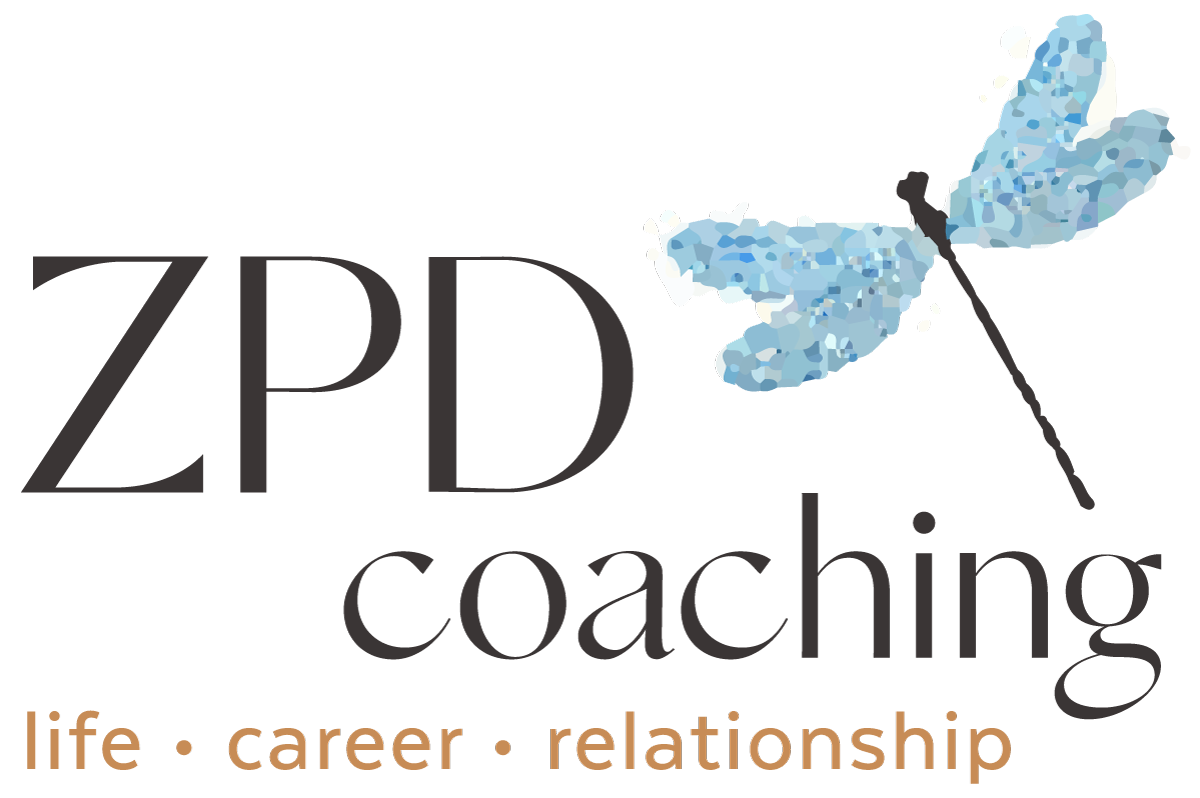A New Kind of Boundary
Can we create new meanings out of fixed words?
Yes!!
Life Development Groups (LDG) look different from week to week. There is no set structure or agenda. Each week group members build and create the group out of the material they bring (or, as we like to say, “give”) to the group—their pain, joy, challenges, etc.
When clients build and create the environments for their growth, they discover their power. And as weird as it might seem to return weekly to sessions without a set structure, clients feel a sense of belonging and being seen and heard that exponentially enriches their life and relationships. It turbocharges their growth.
As a social therapeutic coach, I attend to the group as a whole and the individuals in it and look to shape what people are giving towards creating something new that fosters emotional growth for everyone—something that helps us all see, feel, act and relate in a new way.
Here’s how a recent LDG session unfolded around boundaries, a term which emerged in the group dialogue.
A client wants to work on their romantic relationship. The woman he’s seeing is always late to their get togethers and he ends up waiting for her. He reports that as hard as he tries to get her to communicate a set ETA, it never goes as planned. And when they discuss it afterwards, they can never agree on the details of what was supposed to have happened with their rendezvous.
Martin asks the group how it was hearing what he was saying, because he ends up feeling crazy in these instances. One group member has a moral reaction—it’s bad to keep people waiting. “You just don’t do that to people,” they exclaim. “She is just jerking you around, you deserve better than that!”
The group came up with another understanding of the term “boundary”: Saying what you need and seeing how the other responds to it.
Carrie Sackett, founder ZPD Coaching, author of Social Therapeutic Coaching: A Practical Guide to Group and Couples Work
Another group member has a different take. She shares how she always used to be late in meeting her partner. She would be on her way out the door and a roommate would stop her to discuss a life crisis; or closing up at the end of work and it would take longer than expected; or family would reach her about something and she would get delayed. Finally, her partner sat her down for a talk and she realized, “We’re in a partnership. I wanted to be responsive to him. I’ve gotten better at saying to friends and family that I would love to speak with them but at another time. And now I call my partner to pick me up at work only when I’m really done, rather than for when I think I will be done with work.”
A different group member exhorts Martin to set boundaries with the woman in order to send a message how she needs to behave with him. And if she doesn’t do it, he needs to move on.
This last comment catches my methodological eye, my process eye. I ask, “I know we all use this word ‘boundary’, what do you all mean by it exactly?” (Here I am speaking to both the individual client and the group at the same time.)
After some group discussion, a group member concludes, “Now that I think about it, a boundary is when we say what we don’t want. And well, that’s really hard to build with. It sets us up to be evaluating each other and judging each other over crossing boundaries.”
Someone else adds their conflictedness about setting boundaries, “A boundary is so rigid. I think I like a more wiggly boundary line so that other people are with me.”
The group came up with another understanding of the term “boundary”: Saying what you need and seeing how the other responds to it.
What emerged in the group conversation is that (in general and in this case with Martin) saying what you need creates the possibility of getting closer to people because they know what you need. Saying what you don’t want puts more distance between people and implies they have to get it right with you—or else.
Group members build with this new understanding and say things like: “It shows people who you are, rather than tells them”; “It creates a space of connection, not a beginning or an end. It’s a middle-ing”; “Yeah, it’s like in improv, saying what you need is like an offer. You can’t make a scene in improv when your offers are not accepted and built with.”
The group invites Martin to try saying what he wants—straight up and in an ordinary way—the next time he sets up a meeting with his girlfriend.
It was a beautifully intimate conversation of discovery which group members carried into their lives. Over the following weeks, several group members shared their attempts to do something different and say what they need from someone in their life. And the group built and created with that.


